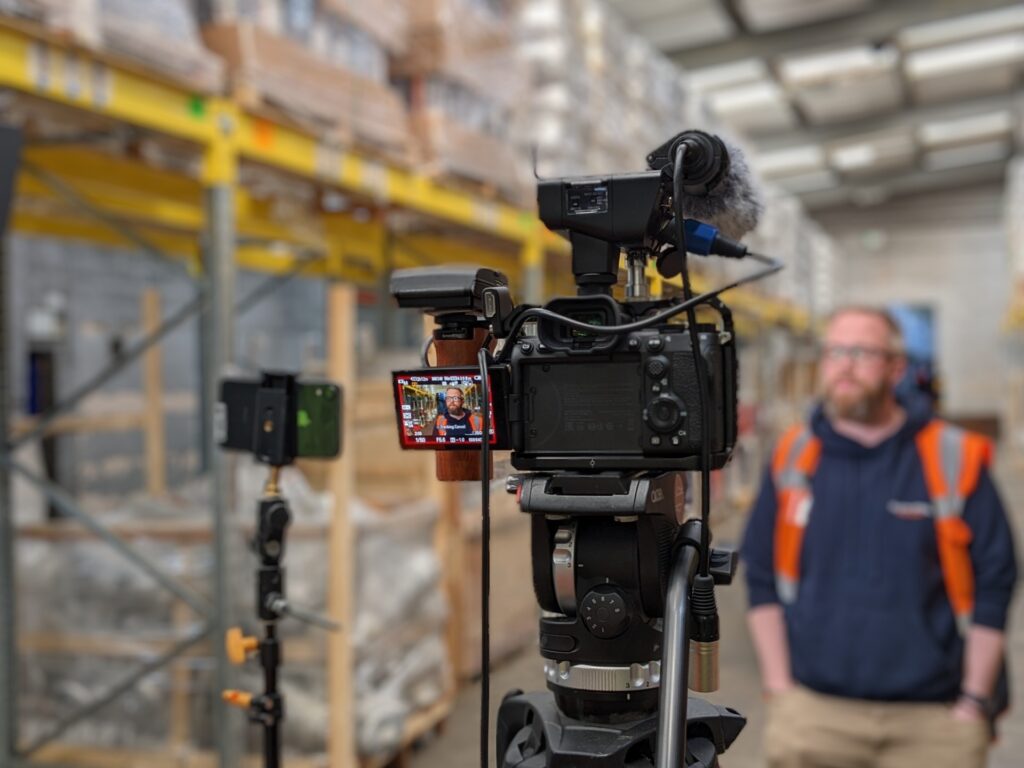For those that don’t work in the industry, PR can be difficult to understand. Is it marketing? Is it journalism? Is it all about creating content?
Well, no – not exactly. PR is all about reputation management and using communications tactics to influence public perception of a person or a brand. It’s the perfect accompaniment to traditional marketing, digital marketing, social media, design… whatever tactics you already use, adding PR to the mix and having an integrated approach is the best way forward.
But PR certainly isn’t a ‘one size fits all’ technique. Just like with other forms of marketing, what works for a B2C fashion company will not work for a B2B construction company. PR strategies need careful planning by experts in the industry, who know the media landscape inside and out.
What does PR stand for?
Public Relations, commonly known as PR, revolves around improving and maintaining how a brand, person or corporation is perceived by the public. PR can often involve working with journalists, sharing company news with media outlets, improving the public image of celebrities, product launches plus many more aspects that all contribute to building brand relationships with the wider public.
Why is public relations important?
The reputation and public perception of your company drives everything, right? It’s what people think of your business that makes them buy from it, that makes people want to work for you, that makes investors want to get involved.
Without PR, this would be much more of a challenge. PR professionals work very closely with the media to showcase what makes a company great and, in recent years, the general public has placed a lot of value on the media and what they say. So if you’re generating great coverage in the publications that your target audiences are reading, they’re only going to love you even more.

On the flip side, PR is so important when it comes to managing a crisis. It’s a well-known fact that it can take a lifetime to build a reputation, but minutes to destroy it, and we’ve seen this happen countless times. But the way a company responds and the actions it takes following a crisis, can have the power to save it.
PR professionals are trained in crisis communications and can advise on the best ways to manage the situation and protect your reputation. We can make sure that you have a solid crisis communications plan in place as part of your PR strategy, which is integrated and covers all your channels. By doing this, you’ll be well equipped to deal with any crisis and have a plan in place before it even happens. You know the old saying – if you fail to plan, you are planning to fail – and us PRs love to plan.
What tactics are used in PR?
Having a dedicated PR team, whether in house or at an agency, will give you the resources to utilise a myriad of tactics to get your company recognised by the media.
Perhaps the most reliable and popular technique is sharing press releases with journalists, giving them a ready-made story with the who, what, where, when, how, and why. This tactic is best used when your company has something new to talk about – whether it’s a senior hire, an event you’re hosting or the results of a new report. Sharing stories with the media in this way will be hugely beneficial to your company as it keeps your target audience up to date with what you’re up to and how they can get involved.
Press releases don’t have to just be a standalone PR tactic, either. Having additional resources to strengthen your story – such as videos, whitepapers, reports or survey results – can help to give more context to the story. They can also act as the ‘hook’ to your story, grabbing people’s attention and making them want to find out more.

If you want to position your company as a leader in your industry, then thought leadership articles are a great tactic to achieve this. Rather than focusing on something that’s ‘news-worthy’, thought leadership articles look at the wider picture, focusing on particular trends or challenges in the industry and how you’re approaching these. They’re a great way to share industry-relevant advice and insights, influencing readers to see you as a trusted source.
PR teams can also support with raising your profile through awards activity. Entering and being shortlisted, or even winning, a local or industry award can give a great boost to your company’s reputation. By receiving official recognition for your work, it gives your company credibility and builds trust among your target audience.
One PR tactic that can be overlooked, due to the lack of media coverage gained from it, is website blogs. Your website is your online shop window, giving people everything they need to know about who you are and what you do. So why wouldn’t you shout about your news and share your insights on your website? What’s more, blogs are a great digital PR tactic, helping to boost your online profile and allowing you to use technology to your advantage.
What role does technology play in public relations?
As the world we live in has become more and more technology-focused, PR has adapted to target digital audiences and cater to changing priorities.
The majority of audiences use search engines to find out information and this presents you with the biggest opportunity to grow the profile of your company. If your website can answer someone’s question then they will visit your website and, hey-presto, you’ve got a potential customer. But how can PR be used to get them on your website in the first place?
To start with, you can make sure that owned media, like any blogs uploaded to your website, is SEO optimised and uses your keywords – this is what will make it possible for people to find your website through search engines. PR teams can use website analytics to identify what your keywords are and then target these by using them in your website content.

What’s more, to make your website rank higher in search results, we would include both internal and external links when drafting your website copy. This will help search engines to find your website and understand all the pages, giving authority to certain pages.
For earned media, like press releases and thought leadership articles, PR teams can identify target publications using Search Engine Optimisation tools to find backlink opportunities. For example, we can see which publications have covered stories by your competitors or we can identify media websites that have a high domain authority, helping us to see which publications to target.
By targeting these publications and encouraging them to link to your website, PR teams can improve your rankings and increase your website traffic. This is because backlinks act as a sign of authoritativeness and show search engines that other sources find your content valuable enough to link to it in their own content.
If you’d like to find out more about what PR can do for your business, you can visit our PR service page or get in touch – we’d love to hear from you!



